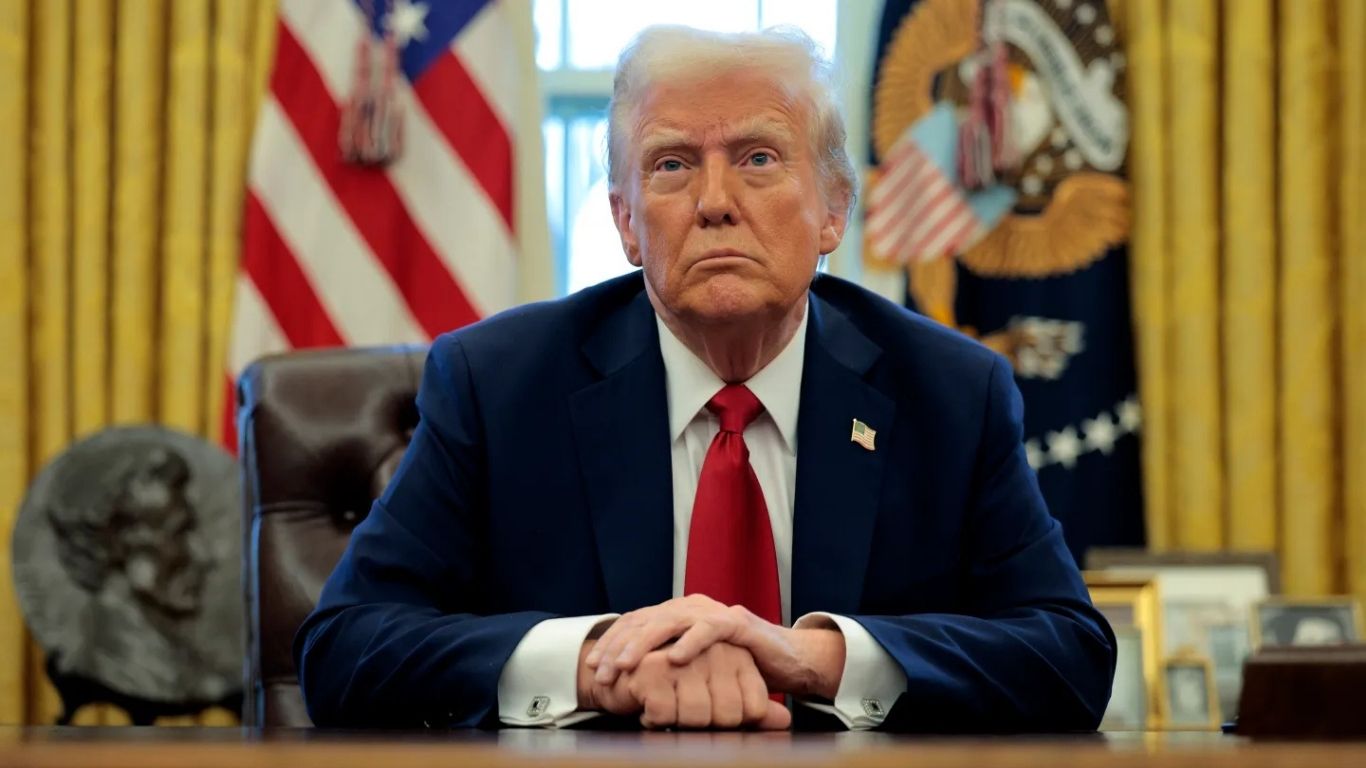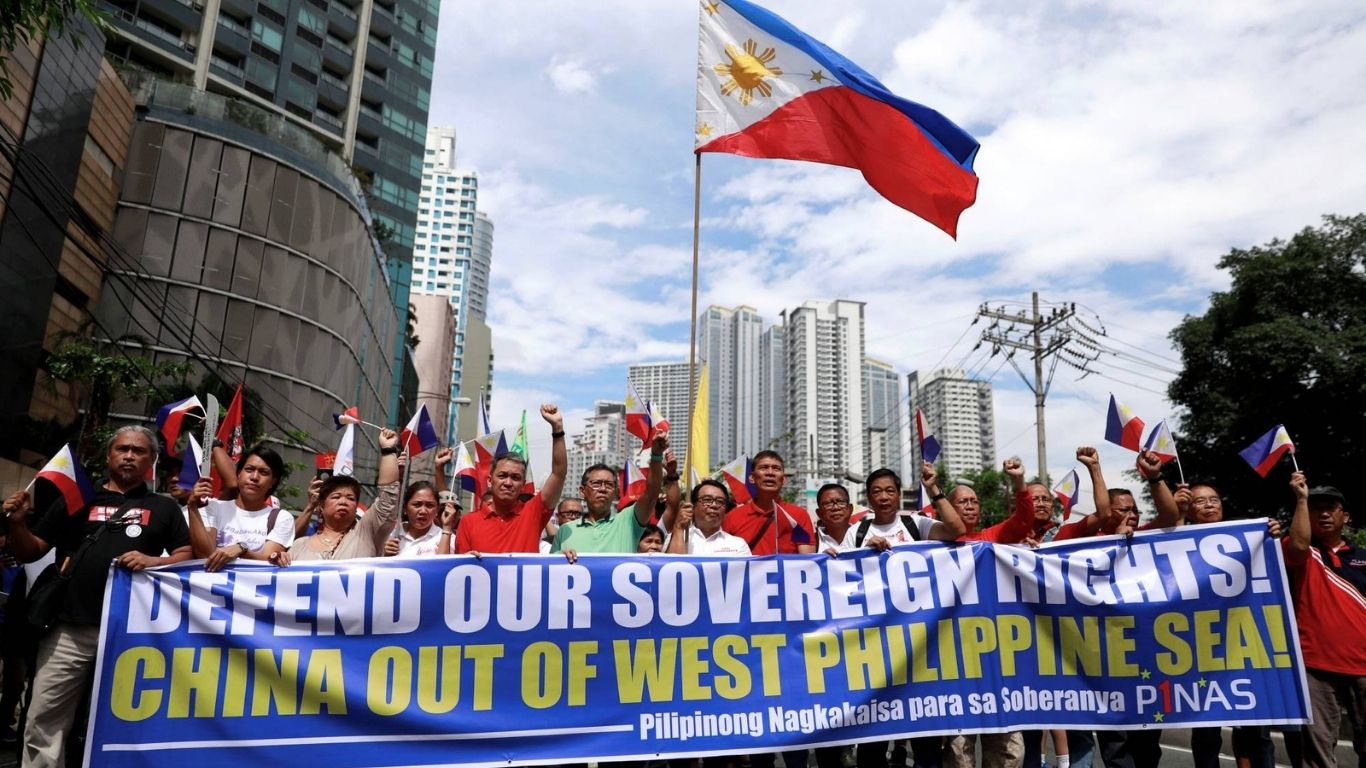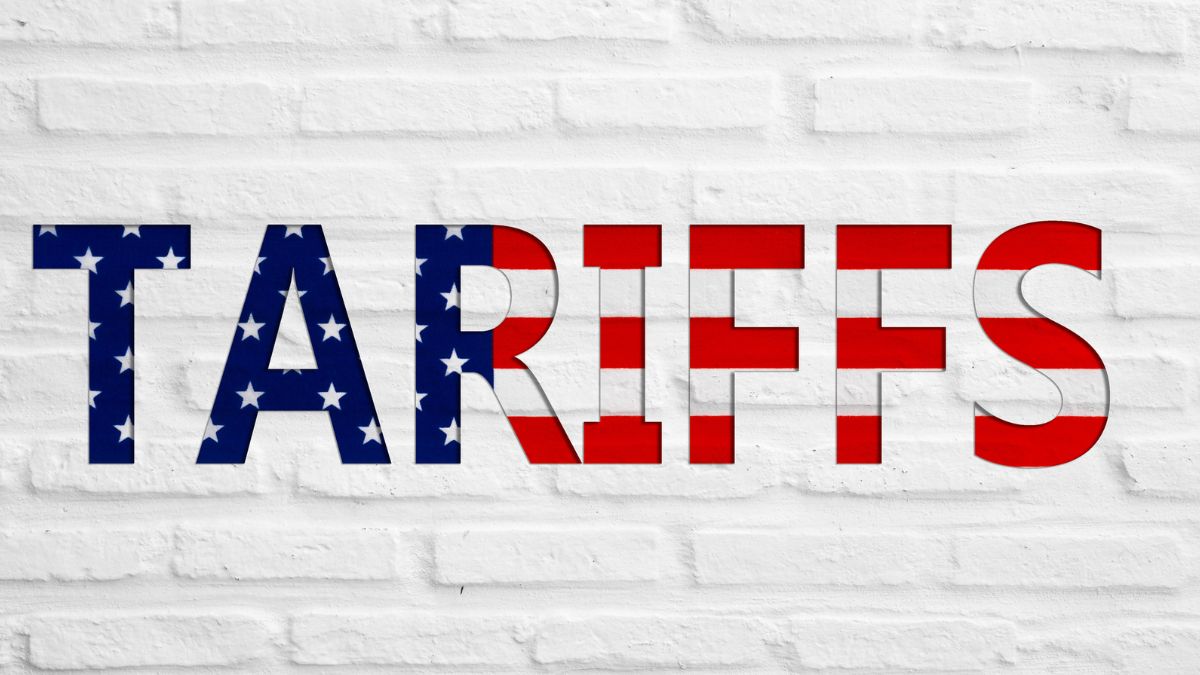President Donald Trump has escalated his trade offensive, warning that any country siding with the BRICS alliance against US interests will face an additional 10% tariff on exports to America. This latest move signals a hardening of US protectionism and sets the stage for a new era of economic confrontation, with far-reaching implications for global markets, manufacturing, and diplomatic relations.
The BRICS Challenge and Trump’s Red Line
BRICS now expanded to include Brazil, Russia, India, China, South Africa, Egypt, Ethiopia, Indonesia, Iran, Saudi Arabia, and the UAE represents over half the world’s population and a growing share of global GDP. The bloc’s ambition to challenge Western economic dominance, including efforts to reform the IMF and explore alternative currencies, has drawn the ire of the White House.
Trump’s message was unequivocal: “Any country aligning themselves with the Anti-American policies of BRICS, will be charged an ADDITIONAL 10% tariff. There will be no exceptions to this policy.” This threat comes just as BRICS finance ministers, meeting in Rio de Janeiro, condemned US tariffs as a destabilizing force in the global economy and called for a new approach to international trade and currency valuation.
Countdown to Tariffs: Deadlines and Diplomatic Pressure
The US had set a July 9 deadline for trade partners to reach new agreements, but with limited progress, tariffs are now set to take effect on August 1. According to Commerce Secretary Howard Lutnick, letters detailing the new tariff rates will be sent to 10–15 countries, warning them of the consequences of failing to strike a deal.
Treasury Secretary Scott Bessent described a flurry of last-minute negotiations, with countries scrambling to avoid the looming penalties. “We’ve had a lot of people change their tune in terms of negotiations,” Bessent said, emphasizing the leverage the US now wields.
Who’s Struck a Deal—and Who’s at Risk?
So far, the US has finalized only a handful of trade agreements:
United Kingdom: Tariffs on UK cars and parts have been slashed from 27.5% to 10% (up to a quota of 100,000 vehicles), and aerospace tariffs dropped to zero. In exchange, the UK will remove import taxes on US ethanol and beef. However, steel tariffs remain unresolved.
Vietnam: Vietnamese goods entering the US face a 20% tariff, while US exports to Vietnam are tariff-free. Goods “trans-shipped” through Vietnam by other countries will be taxed at 40%.
China: A partial deal reduced US tariffs on some Chinese imports from 145% to 30%, and China cut tariffs on certain US goods from 125% to 10%. China also agreed to halt non-tariff countermeasures, such as restricting exports of critical minerals.
The European Union is still negotiating, aiming to keep a 10% provisional tariff on most goods while seeking relief on steep duties for cars (25%) and steel/aluminum (50%). Japan, meanwhile, faces the threat of tariffs as high as 35% if it cannot reach an agreement by the new deadline.
The Tariff Playbook: Protection or Provocation?
Since taking office, Trump has unleashed a barrage of tariffs, arguing that they will revitalize American manufacturing and protect domestic jobs. In April, he announced sweeping new taxes on imports, some as high as 50% before suspending the harshest measures to allow for three months of negotiations. During this period, a 10% tariff was imposed on most goods from international partners, a rate that may now become permanent for many countries.
Trump’s approach is unapologetically transactional: “They’re going to be tariffs, the tariffs are going to be tariffs,” he declared, dismissing questions about flexibility or exceptions.
Global Repercussions: Allies and Adversaries on Edge
The threat of additional tariffs has sent shockwaves through global supply chains. For many countries, especially those deeply integrated with China, decoupling from BRICS economies is a daunting prospect. Andrew Wilson of the International Chambers of Commerce noted, “Shifting away from China…in a number of sectors is far more difficult to achieve in the world in practice. You look at the dominance China has in a number of sectors EVs, batteries, particularly rare earths and magnets there are no viable alternatives to China production.”
The EU and Japan are urgently seeking to avoid the most punitive tariffs, while other nations face tough choices about aligning with US or BRICS interests.
The Stakes: Economic Growth, Supply Chains, and Geopolitical Risk
Global supply chains: Higher tariffs threaten to disrupt established trade flows, increase costs for manufacturers, and raise prices for consumers.
US manufacturing: While the administration touts tariffs as a boost for American jobs, many economists warn of retaliatory measures, supply shortages, and inflationary pressures.
Diplomatic fallout: The aggressive tariff policy risks alienating allies and pushing more countries toward alternative economic blocs like BRICS.
A New Era of Economic Brinkmanship
Trump’s tariff ultimatum marks a bold escalation in the global trade wars. By targeting countries that align with BRICS, the US is sending a clear message: economic loyalty will be enforced with financial penalties. As the August 1 deadline approaches, the world’s major economies face a stark choice: accede to US demands or risk being hit with punishing new tariffs. The outcome will shape the future of global trade, manufacturing, and economic alliances for years to come.




